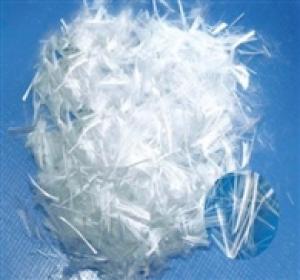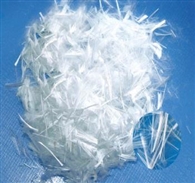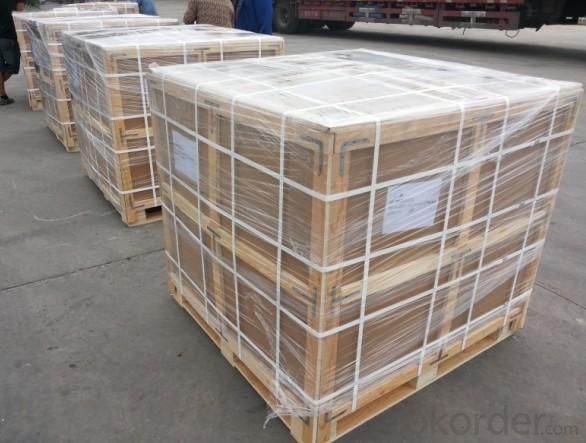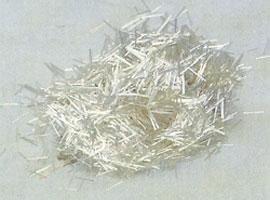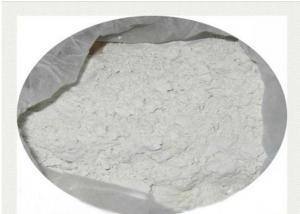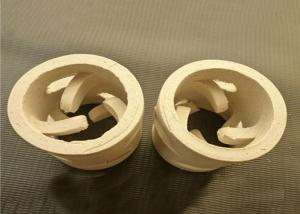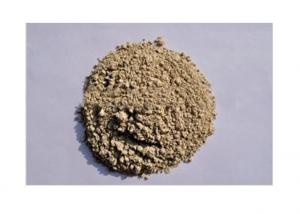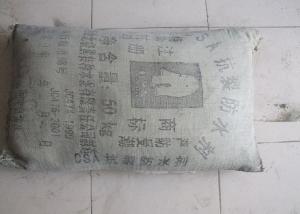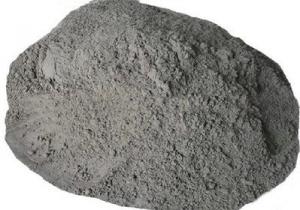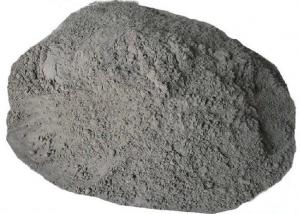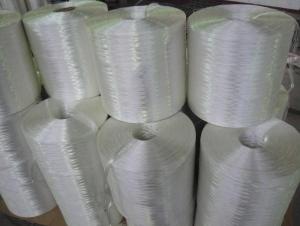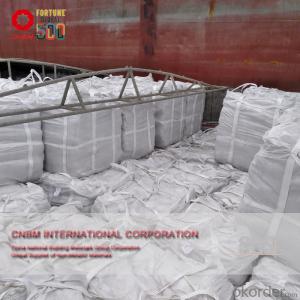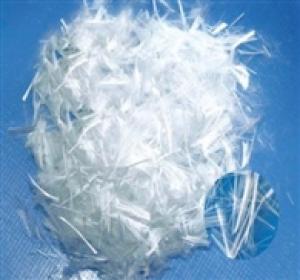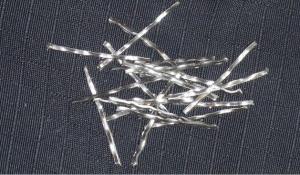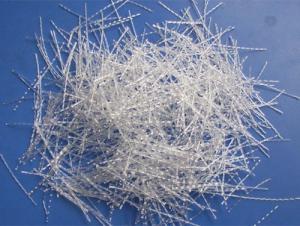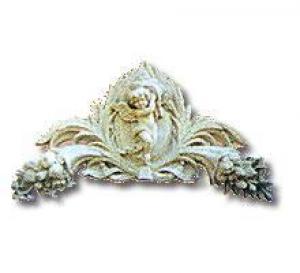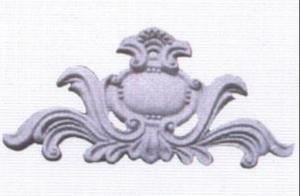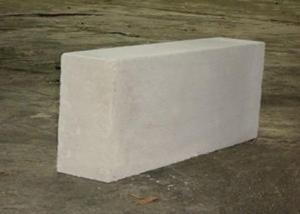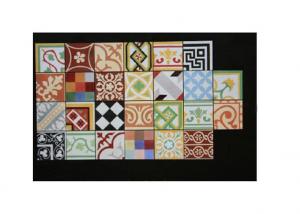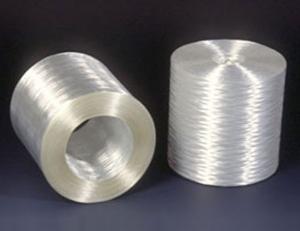Curved Polymer Fiber
- Loading Port:
- China Main Port
- Payment Terms:
- TT or L/C
- Min Order Qty:
- 3000 Kgs kg
- Supply Capability:
- 100000 Tons Per Year kg/month
OKorder Service Pledge
OKorder Financial Service
You Might Also Like
Commodity: Industrial PP Fiber for Concrete, Engineering Fiber
PP fiber,also called Polypropylene PP Fiber, Polymer Fiber,it is manufactured by mixing, spinning, stretching and cutting the combination of modified base and polypropylene paring, used as the project fiber for concrete and mortar. It can decrease cracks in concrete's early stage.
Property of Curved Polymer Fiber:
| Polypropylene monofilament fiber technical | ||
| Item | Product name | PP fiber |
| 1 | Material | 100% polypropylene |
| 2 | Cut length | From 3mm to 120mm |
| 3 | density | 0.91g/cm³ |
| 4 | Diameter | 20 micron to 40micron |
| 5 | Strength | 400-600Mpa |
| 6 | elongation at break | 30%-40% |
| 7 | melting point | 170°C |
| 8 | ignition point | 590°C |
| 9 | Oil point | lower than 1% |
| 10 | Water-hygroscopicity | No |
Advantages of Curved Polymer Fiber:
Good dispersancy, better grip
Random dispersal, subordination reinforced
Physically-added tendon, anti-crack and high reinforcement
Diamagnestism and antirust, corrosion protection and alkali resistant
Innocuous and odorless, safe
Simple operation, more economic and dependable
Function of Curved Polymer Fiber:
Anti-crack
Increasing seepage-proof performance
Anti-concussion and anti-wear performance
Increasing shock proof
Cold-resistant property
Enhance the property of toughness and ductility
Fire resistance and anti-detonation quality
Preventing or reducing the major reinforcing steel bar from being eroded
Reducing rebound of jetting concrete
Application:
Industry and Civil Architecture
Main body of road, bridge
Water conservancy project
Package:
A: Packing in plastic bags, plastics bags to be put into waterproof bags, and then waterproof bags to be put into container, totally 8 tons in 1x20'FCL
B: Packing in fusible paper bags, paper bags to be put into cartons, and then cartons to be put into pallet, pallets to be put into container, totally 6 tons in 1x20'FCL.
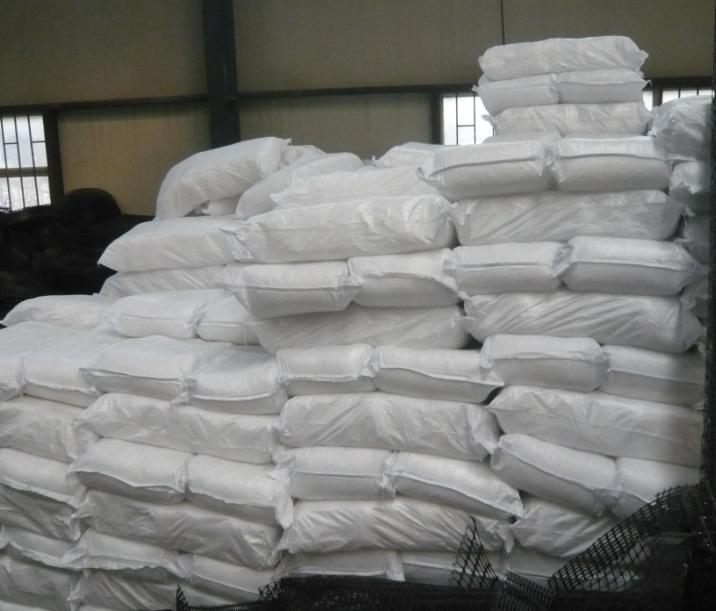
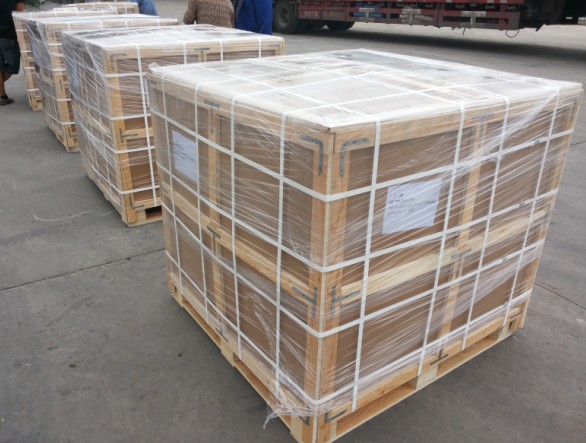
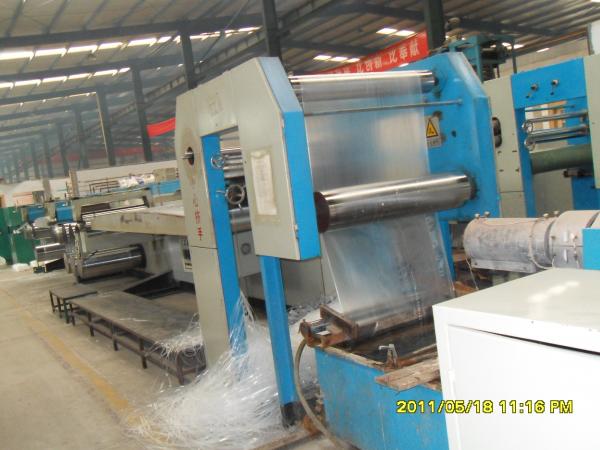
- Q: We are enlarging a mud room that's in our garage. The older, smaller space had vinyle. We would like to tile the new space. Do we need cement board on the concrete floor before tiling?
- Tiling Over Concrete
- Q: Will they die and just fall over?
- yes . PLants need soil and water . cement lack both !
- Q: My parents had a new cement driveway put down last summer, and accidentally used a non-safe-for-cement salt, and now it is flaking in small areas. Can this damaged be repaired by some kind of patch or filler compound - or is the damage permanent.
- There are salts that do not damage concrete or cement. I would go to Home Depot and ask one of the associates. They should be able to guide you. You also should get a decent response on Google.
- Q: im building a fish pond and the onl way i can line it completly floor to wall is with cement rocks wont stick in a liner but ive heard the cement will contamnat the water was wondering if i could eliminate the cement toxin or if there is any compound similar to cement that wont put contaminates in the water
- Cement is fine, but you will need a coater. Do not just put cement in and fill the pond. Ask your local pool/pet store about this.. There is a paint you can prime cement with to make sure the cement does not get logged
- Q: why is cement and water the ingredients of mortar allowed?
- hmmm...oh fick it - there just is no answer to this one.
- Q: I am working on planning my eagle scout project. It is being done at a local elementary school. Part of it involves building a pathway from their bus area to the entrance so the students don't walk through the grass. The path is about 70 feet long. Would it be cheaper to use cement or to build it out of bricks. Also, which would be easier? Thanks, Johnny.
- Johnny Congrats on almost completing your eagle scout! I know that is a huge honor and it is so generous for you to work at an elementary school and take care of the kiddos (: I would say that it is probably cheaper and more sustainable to build the path out of cement. I have done some research in that field of building and that is what i find best for my wallet and time wise! Best of luck to you!
- Q: Hello.Can you tell me how cement, concrete and glass is made? And if possible, adding a bit of history into it?
- I'll leave you to make glass out of limestone. Most people prefer to use sand. Cement is made by crushing the limestone down into a powder. Concrete gets made from cement mixed with other stuff such as water, sand.
- Q: I have a brick fireplace that has been painted a really ugly color by the previous owners. I'm not sure if I should persue the tedious task of re-painting all the bricks , or if there is something I can cover it with. A friend suggested cement board...???... Is this the only product or is there another that would also work??
- I've painted fireplaces before, it's no big deal Get a 3 or 4 inch roller and roll the puppy out, take your brush and paint where the roller can't reach. Forget the cement board, first off what on earth are you going to do with it that is better than paint Cement board is expensive and difficult to work with. Painting will be done and forgotten way before you even have the slightest idea of what to do with the cement board. I just noticed the answer above mine and it's true what he said, however if you are not really into painting bricks why on earth would you go through all the work of installing tile? It's going to be 100 times the work and much costlier
- Q: how the grades are given to cement brand?
- By the refind or if it contains gravel the cement. Depending what are you using it for! You don't want # 1, when you putting cement in the back of the house, where nobody is going to play!! But you want the refind cement for a driveway!!
- Q: I am trying to match a cement grout for stone patio to same color as my decomposed granite walkway color. I tried mixing grey cement with decomposed granite as aggregate in various ratios to make the grout (1:2, 1:3) but all are just grey. Would white portland cement (more $$$) work better or still be no match? I am afraid to try the cement color pigments cause I know I will never get it right. The decomposed granite is a light brownish color. They call it quot;orangequot; but that's probably because we are in central Texas and everyone near UT thinks everything is orange. Any help?
- The cement color works but a number of small trials are required to get it just correct. The trials need to be made with an adequate size so the components can be measured accurately and reproduced when the sample color is developed. Even after you think you have the correct color, try your proportions once more with a slightly larger sample to verify the correct ratio has been selected. As you are aware the wet color is different than the dried color. I would start with the cheaper cements and only go up in costs if you are not coming up with the color you want. You may want to try using mixtures of different sand colors if the granite is not getting you to the color you want. This definitely is a trial and error project. You may want to go slightly to the darker side of a match in that as the new grout weathers it will lighten slightly. After the grout weathers a very thin mix of cement and pigment can be mixed up and the joints can be painted with the blend. If bad goes to worse you may want to paint all the joints to make them consistent. I have used Liquid Cement Color by Quikrete which I got at Lowes, it was a bear but finally came up with an acceptable match.
1. Manufacturer Overview
| Location | Shanxi, China |
| Year Established | 1982 |
| Annual Output Value | Above US$ 30 Million |
| Main Markets | 20.00% North America 20.00% South America 10.00% Eastern Europe 10.00% Southeast Asia 10.00% Northern Europe 10.00% South Asia 10.00% Western Europe 5.00% Africa 5.00% Mid East |
| Company Certifications | ISO9001:2000 |
2. Manufacturer Certificates
| a) Certification Name | |
| Range | |
| Reference | |
| Validity Period |
3. Manufacturer Capability
| a) Trade Capacity | |
| Nearest Port | Shanghai Port, China |
| Export Percentage | 41-50% |
| No.of Employees in Trade Department | 20-30 People |
| Language Spoken: | English; Chinese; |
| b) Factory Information | |
| Factory Size: | Above 50,000 square meters |
| No. of Production Lines | Above 10 |
| Contract Manufacturing | Design Service Offered; Buyer Label Offered |
| Product Price Range | High; Average |
Send your message to us
Curved Polymer Fiber
- Loading Port:
- China Main Port
- Payment Terms:
- TT or L/C
- Min Order Qty:
- 3000 Kgs kg
- Supply Capability:
- 100000 Tons Per Year kg/month
OKorder Service Pledge
OKorder Financial Service
Similar products
Hot products
Hot Searches
Related keywords
